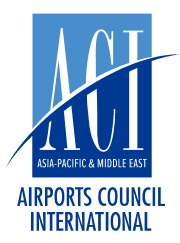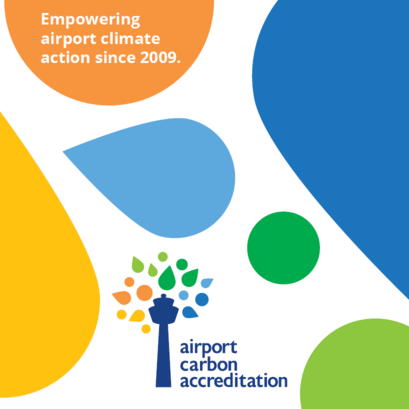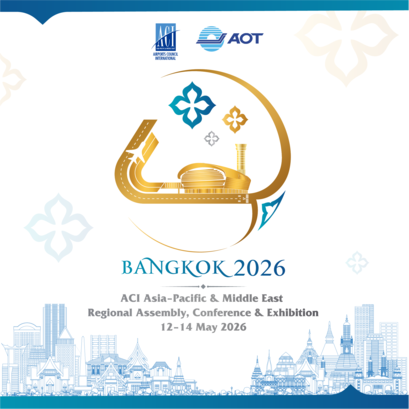Low-altitude Economy to Fly High – China Makes Great Strides in Advanced Air Mobility Development
- 2024-01-17
A major achievement in 2023
2023 was an important year for Advanced Air Mobility (AAM). Manufacturers of electric vertical take-off and landing aircraft (eVTOL) around the world have made significant progress in developing their equipment and vehicles, as well as satisfying some of the necessary requirements for obtaining Type Certification (TC).
Among the developments, perhaps EHang Holdings Limited (EHang), the world’s leading AAM technology company based in Guangzhou, China, achieved the most symbolic milestone of the sector. In October 2023, EHang announced that the EH216-S, their self-developed passenger-carrying pilotless eVTOL, had obtained the TC officially issued by the Civil Aviation Administration of China (CAAC), the first eVTOL TC in the world. This demonstrates that the EH216-S complies with China’s safety standards and airworthiness requirements, and it is qualified for passenger-carrying commercial operations1.
The EH216-S is a two-seater eVTOL that has a cruise speed of 100km/hr (62mph) and a maximum speed of 130km/hr (81mph). It has a maximum altitude of 3,000 m (9,843 ft), with a range of 35 km (22 miles), and a flight time of 21 minutes. It has 16 propellers, 16 electric motors and is powered by batteries. The battery recharging time is 120 minutes. The maximum payload is 220 kg (485 lb)2. Since this is a pilotless eVTOL, the flight routes are preset. Once the destination has been selected and the takeoff command is executed, it autonomously follows the predetermined route. Prior to the TC, it was reported that the EH216-S had completed over 42,000 successful flights. This reaffirms the commitment to make this futuristic and disruptive airborne technology, that resembles much of some sci-fi inventions, a reality for us in the not-too-distant future.
EHang’s EH216-S on display
Economic challenges to commercialisation and mass adoption
In an earlier blog article – eVTOLs – A New Way to Fly, it highlighted the technical challenges both on the ground and in the air to make eVTOL travel a reality. The aviation industry still needs to get over a range of hurdles in relation to infrastructure, energy and utilities, certifications, societal acceptance, noise management, air traffic management, and regulations.
The initial operating models of eVTOLs focus on delivering packages, cargo, and medical supplies in urban and suburban environments, with the plan to begin carrying passengers, typically at a capacity of just two to six. Though AAM is built on the idea of an integrated, affordable, and shared transportation system that can enhance transportation efficiency, reduce commuting time, decrease road congestion in urban areas, and offer effective transportation alternatives to remote and geographically challenging areas, in order to enable economies of scale, there needs to be large and easily accessible networks of takeoff and landing sites that are capable of supporting a large volume of throughput. Operations also need to be adoptive and agile to address changes in demand, as AAM passengers are unlikely to make travel plans in advance like commercial air travelers. As such, the main cost drivers are investments in eVTOLs, charging equipment and infrastructure, as well as human capital, paired with low capacity per eVTOL.
Hence, in the short to medium-term from the commercialisation of passenger-carrying eVTOLs, significantly higher operating costs and ticket prices are to be expected. The higher costs will dampen demand for eVTOLs and reduce the profitability of operators, which will have to accept losing money while developing networks, platforms, and customer bases. The early stages of the passenger-carrying business case of AAM could be in regions with geographical constraints, such as islands or mountains, or for customers with high affordability, such as tourists and business executives. Although this situation may be challenging, operators can hope to recover their losses after mass adoption.
China’s national strategy in developing a low-altitude economy
Though the challenges in developing the AAM sector are not to be taken lightly, China acknowledged the enormous potential and benefits of the sector, which could form an essential pillar of the country’s general aviation industry. China has rolled out a series of measures as part of an effort to facilitate the adoption and address some of the known challenges with regard to AAM. In June 2022, CAAC issued the “14th Five-Year Plan for General Aviation Development (the Plan)”, which contains the roadmap for AAM operational development and, in particular, the development of the “low-altitude economy"3.
Low-altitude economy refers to a comprehensive realm of industries centered around civil-manned and unmanned aerial vehicles below 3,000 meters in altitude, including manufacturing, flight operations, and integrated services. It is clear from the Plan that the State will support the expansion of service applications such as agricultural, industrial, logistical, and leisure applications, and to promote cross-border integration.
The Plan indicates the construction of a legal system that aims to facilitate development, prevent risks, govern classification management, clarify the requirements for equipment registration, airworthiness management, personnel qualifications, and air traffic management. The Plan supports operation trials in rural, island, and plateau regions to build test bases and conduct risk assessments and technical tests. In addition, the Plan has a dedicated section on promoting low-altitude leisure activities, including sight-seeing, connections between resorts, theme parks and tourist attractions, sporting events, and relevant conferences and exhibitions. The Plan stresses the important role of low-altitude economy in promoting sustainability and poverty reduction.
Implementation in Shenzhen, China
Shenzhen is a city with a population of 12.6 million just across the Sham Chun River from Hong Kong. Shenzhen is characterized with economic activities around technology, research, manufacturing, business, and finance. The Port of Shenzhen is the world's fourth busiest container port in 2022. Shenzhen is also where the headquarters of enterprises such as Tencent and Huawei are located.
The city encourages the scale-up of the low-altitude logistics market and the opening of short-haul transportation routes. In December 2023, the Government of Shenzhen, including seven municipal government departments, announced a series of incentives that aim to cultivate enterprises in the low-altitude economy, encourage technological innovation, expand low-altitude flight application scenarios, and improve industrial supporting facilities. According to the measures, rewards will be given to newly established low-altitude economy enterprises that engage in the research and development (R&D) and manufacturing of eVTOLs and the R&D and manufacturing of core components and commercial operations. Annual subsidies up to CNY20million (USD2.8million) per enterprise will be given to support the technological transformation of low-altitude economy enterprises and to encourage R&D of key industrial technologies. For each enterprise opening domestic routes, the annual reward is up to CNY6million (USD840,000). A one-off reward of CNY1million (USD140,000) will be granted for each newly established cross-border route between Shenzhen and Hong Kong4.
The government envisions that, in the future, airports, central business districts, key enterprises and factories, golf courses, and other take-off and landing points within and around the city will be interconnected, and expand to the wider Guangdong-Hong Kong-Macao Greater Bay Area. There will be day and night urban low-altitude sightseeing routes offered on a regular basis. The infrastructure will be designed according to the low-altitude flying needs of business people and ordinary tourists.
Are we close to achieving the goal?
China is certainly ahead of many markets in terms of the development of AAM. The government is actively engaging and developing a policy environment that would foster the growth and commercialisation of the AAM sector.
Nonetheless, before we can fly to work or go on our grocery runs on an eVTOL, there remain a range of challenges that need addressing. Though China offers a path to that future, it is apparent that there are still many hurdles to get over between now and realizing the potential of a well-established low-altitude economy. China is going to be an example for many to reference.
1EHang - EHang | EHang Successfully Obtains Type Certificate for EH216-S Passenger-Carrying UAV System Issued by Civil Aviation Administration of China
2EHang - https://www.ehang.com/ehangaav/
314th Five-Year Plan for General Aviation Development (Chinese only) - http://www.caac.gov.cn/XXGK/XXGK/FZGH/202206/P020220613533137333208.pdf
4Shenzhen Government online - Measures rolled out for low-altitude economy_Latest News-Shenzhen Government Online (sz.gov.cn)
- CATEGORY
- COUNTRY / AREA
- Hong Kong SAR
- AUTHOR
- Mr. Philip Kwok, Senior Manager – Economics, ACI Asia-Pacific & Middle EastACI Asia-Pacific & Middle East









